There’s one thing on most people’s mind when they think about veneers: will it hurt? Many patients considering cosmetic dentistry…
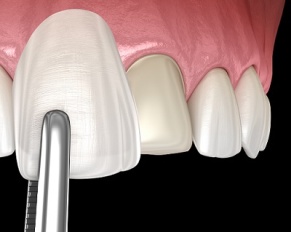

There’s one thing on most people’s mind when they think about veneers: will it hurt? Many patients considering cosmetic dentistry…
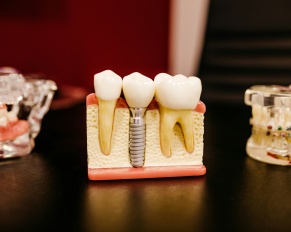
Dental implants in NJ can be a daunting plunge to take, so many people research them to calm the pandemonium…

The mere mention of tooth extractions are sources of dread for many people who hear about difficult, painful procedures. But…

The 2-2-2 rule is the one thing dentists love to emphasize the most. Many patients often ask their dentists, “What…

Are your child’s teeth coming in, and you don’t know where to start with their dental development? Parents in Clark,…
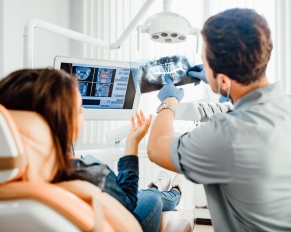
It’s never fun when dental emergencies rear their ugly heads. Cracked teeth, sudden swelling, or sharp pain can stop your…
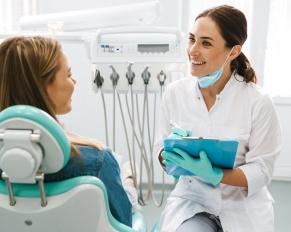
It’s common to be a little apprehensive at the dentist. But that should never cause you to withhold critical information…
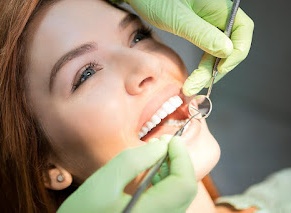
Regular dental exams are one of the best ways for Millburn families to intervene before their oral problems escalate. But…
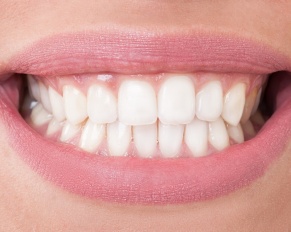
Full mouth rehabilitation synthesizes elements of restorative and cosmetic dentistry to rebuild damaged smiles from the ground up. Also sometimes…
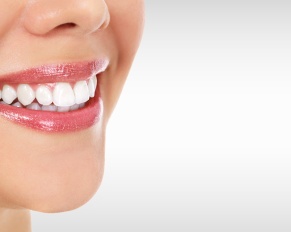
Cosmetic dentistry can reinvigorate a person’s smile and confidence. From veneers and bonding to whitening and implants, these procedures are…